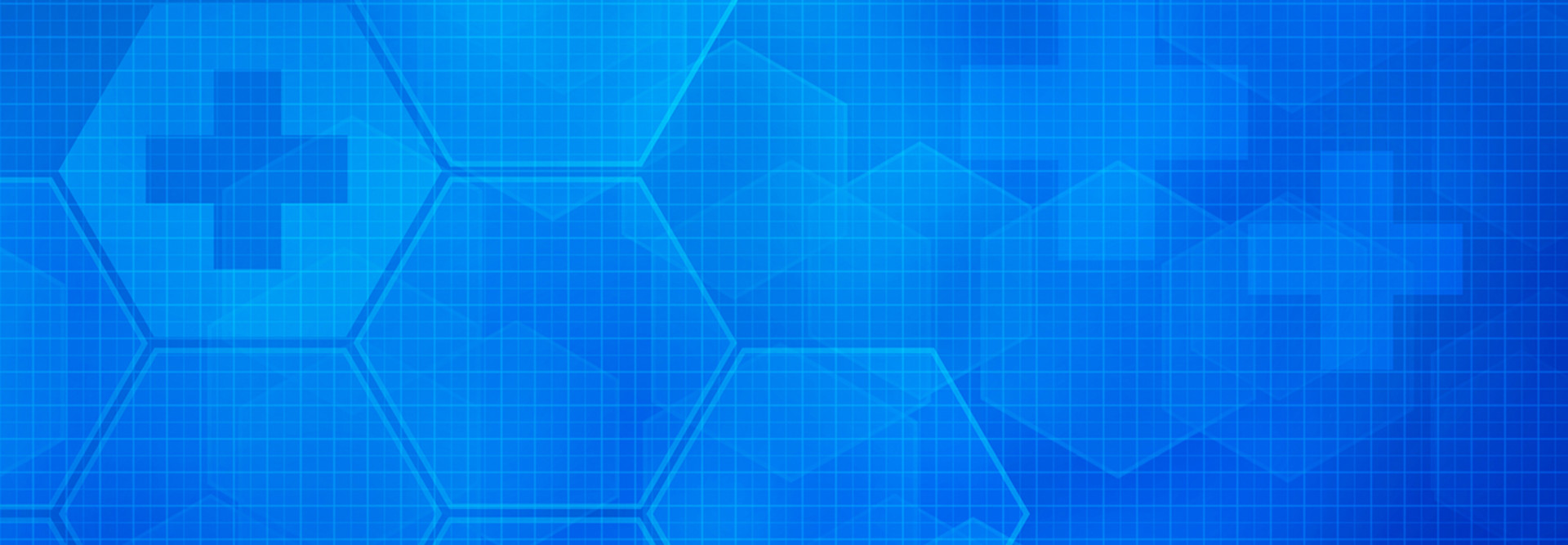Q&A: Moulay Elalamy on Technology Adoption for Senior Care
Today’s senior care providers know that the amount of resident data their staff has to manage far surpasses that of any hospital. With a growing number of electronic health record (EHR) software options available and regulations tightening, an important topic in the coming few years won’t be if senior care moves to more data technology, but when. As an industry with nuanced technology needs, how should providers be thinking about data management? What’s the best way to approach EHR considerations? How does security come into play? How will staff be impacted?
HealthTech spoke to Benchmark Senior Living Vice President of IT Moulay Elalamy, who discussed his experience with resident data management and technology adoption in senior care.
HEALTHTECH: Please tell us a little about your community and your responsibilities.
ELALAMY: Benchmark Senior Living is the Northeast’s largest provider of senior housing. We currently have 53 properties, primarily assisted living and memory care communities, and have been growing by two to three communities a year. As vice president of IT, I oversee the infrastructure, applications and business intelligence teams.
HEALTHTECH: If you had to rate them on a scale from one to five, where would you rank the industry and partners on their understanding of what managing data means for senior care?
ELALAMY: Two going on three. We have a set of standard metrics everyone in the industry uses, which I would call the “basic” set. These metrics cover all aspects of the business, but the emphasis companies will put on a subset greatly differs, depending on various factors such as size, micro- and macro-economic factors, internal strategy and building types, among others. Ultimately it is the strategy that defines the focus. No one can continuously mine all the data with equal attention; questions like “What do I have to worry about for my company this year?” are what drive the analysis.
There is a second set of metrics, however, and we have yet to fully define it because it is so new. We are only getting a glimpse of what it could be: Big Data on seniors from always-on behavioral and environmental sensors, coupled with medical records and other demographics data, will push us to look further and play catch-up with other industries — some of which have been doing this for years. The senior-living industry, on the other hand, has yet to complete the current leap it is working on, which is to go from paper assessments to fully electronic medical records and medication management. Only then will we be able to turn our attention to the next generation of data analysis.
HEALTHTECH: What is starting to propel more interest in resident data management?
ELALAMY: The biggest drivers currently are the healthcare institution-driven metrics, such as how many people have been re-hospitalized and for what reasons. Those are aspects of the business we did not have to consistently quantify five years ago, although they have always been part of our business and something we have always been concerned with.
Looking further out, Big Data is indeed the next wave coming. It is not going to be just the resident “fall event” that we will log but also the resident’s temperature, heart rate and hydration levels. Imagine that we capture only these four data points every hour for 5,000 residents. It means 175 million data points per year. That number grows exponentially as you add more data sources and residents. Then, instead of reacting to a fall, we may be able to predict, communicate and ultimately mitigate the fall risk. A health check every day or every week with the doctors based on massive data streams — this is what will be very powerful, and it will drive a lot of IT investments in the future.
The other side is security. The industry has realized the risks are only increasing over time, and the idea that investments in the security space do not add immediate value has given way to increased resident and data protection in the wake of the much publicized data breaches of late.
HEALTHTECH: How do you specifically approach data management at Benchmark Senior Living?
ELALAMY: We adopt a measured but flexible approach to data management. There is an ever-growing hunger and need for data, and we develop tools accordingly. Some pay off highly and have an immediate impact on the business; others take longer to be adopted but do have value. Then there are those that are folded, repurposed or simply turned off. We view this as a continuous process. It is not supposed to “end” with a report but should instead trigger a new set of questions, generate discussion and provide more value as tools are refined.
HEALTHTECH: What made you decide to upgrade to an EHR system? How do you approach the vetting process?
ELALAMY: One thing we are trying to move away from is buying software that attempts to cover every aspect of our business and that cannot be customized. Instead, we determine our requirements internally and then go find out what is available in the marketplace that fits our particular strategy. It is more of a best-of-breed approach. It is important to note that no application strategy is better than another as long as it complements the company’s overall strategy. For EHR, we want to go with the solution that best matches our needs — EHR for a hospital is not EHR for senior living, and even within senior living, EHR for skilled nursing is not EHR for assisted living.
HEALTHTECH: Would you say one of the struggles for senior care overall is that a lot of EHR software is developed more for healthcare and not necessarily designed to meet senior care’s unique needs?
ELALAMY: Yes. We are not a hospital, and unfortunately some application vendors miss this. It is driven by a larger issue: Often, despite the due diligence and vetting process, the software company will unexpectedly try to apply its business approach without properly adapting to your internal processes. You are then at a crossroad — how much are you willing to change and adapt? It can be a good opportunity for a much needed internal change, but not always. Pure off-the-shelf software that forces too much standardization is not for everyone, and the group of companies that share this philosophy of understanding is growing. They realize unique operations are part of what makes each organization different and helps define its identity as a company.
HEALTHTECH: It sounds like the vendors that are going to do better with senior care communities are the ones that are willing to be flexible and customize their products, because that seems to be necessary no matter what size or type of community you are.
ELALAMY: Yes, and it becomes more important the bigger you are. For example, a senior living company with two or three properties can be very flexible and easily switch systems, but with over 50 properties, there is a larger, more complex ecosystem that we are creating over time. While we will always change an application because we think it is the right thing to do, we do have to consider the larger ramifications. We then have to plan and manage that change. It is not an easy process, and a successful third-party vendor is the one that can evolve its application around our company and processes as much as we grow around its software.
HEALTHTECH: What would you say are your biggest challenges when you’re considering new technology?
ELALAMY: I think about Big Data and security. Combine them, and the challenge becomes much greater. In general, adopting new technology can be dangerous if we do not first define who will consume the massive amounts of information, how it will be deployed and who will set the appropriate controls. There are cases when rolling out a new IT product can be the easiest step —the challenge arises once it is live: Who manages the product? Did we plan for when things go wrong?
Sometimes, while the benefits are promising, the drawbacks are too great to ignore. If you can’t overcome an obstacle, you might decide to either limit the scope to bypass it or abandon the project altogether.
HEALTHTECH: What benefits do you see through streamlining data management and improving data access?
ELALAMY: The main benefits are the increase in the accuracy and relevance of the data and the democratization of the information. Data is not supposed to reside with IT forever. We’re trying to bridge the gap between the data generators and the consumers. Streamlining the data flow allows for more transparency and lets you react to information much faster.
HEALTHTECH: What’s your best advice for other senior living communities looking to invest in technology or do better with managing data?
ELALAMY: Everybody has a tablet, is connected to the IInternet, has deployed a wireless network at home, checks emails from their smartphones and likely streams Netflix. We all use technology in our personal lives and we don’t even notice it anymore. Yet, we still use paper for a lot of our business processes. Why? We should not be wary of the technology that pushes us to change.
Thoughtful IT adoption is key to the success of our industry, and it may mean radical changes at times. It means going from pen and paper to EHR and then from EHR to streaming Big Data. It starts with a clear vision that sets the path and defines the endpoint, but that endpoint also keeps moving. You have to be willing to consistently invest now to reap the benefits and the rewards later.








